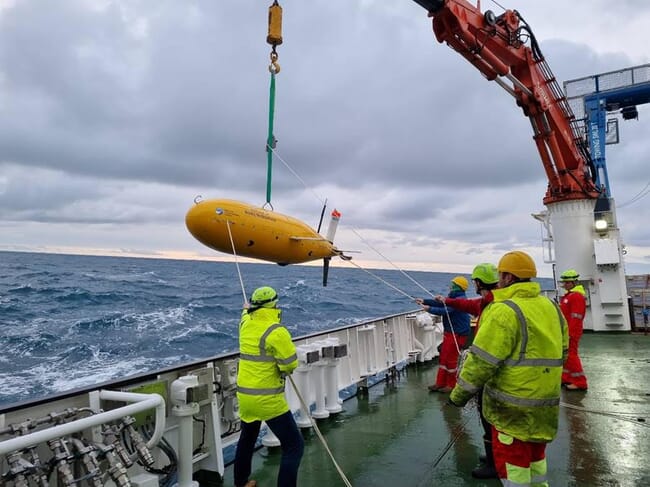
BIO-Carbon will utilise both the RRS James Cook and RRS Discovery, world-class research facilities operated by the centre. © Mark Moore
The Natural Environment Research Council (NERC) BIO-Carbon programme will help to finance the projects, each of which encompasses a diverse array of UK universities and research institutes, as well as collaborating with a group of international partners and organisations.
Marine organisms play a critical role in storing carbon in the ocean that would otherwise be in the atmosphere. However, recent evidence suggests that climate models are not fully accounting for their impact. This could hinder predictions of the ocean’s role in future carbon storage at a critical time.
Adrian Martin, BIO-Carbon champion, said in a press release: “With countries striving for net-zero carbon and debate ongoing over whether we can use the ocean to remove excess carbon dioxide from the atmosphere, the need to understand how the ocean stores carbon has never been stronger and we know that marine life plays an important role. Partnering with the Future Marine Research Infrastructure (FMRI) project, these three exciting projects will use an ambitious combination of research vessels and marine robots. Together they will deliver fundamental insights into how ocean organisms will help it continue to store carbon as the climate changes.”
The projects being funded by the Bio-Carbon programme include the PARTITRICS project. Using shipboard observations and autonomous underwater vehicles (AUVs) this project will seek to answer how organic matter is transformed through interactions between particles and organisms. It will also look at how this changes depending on depth, location, and season.
The next project, Coccolithophore controls on ocean alkalinity (CHALKY) will quantify how diversity and ecology influence the oceans’ ability to absorb carbon dioxide. Part of the CHALKY project will examine the influence of marine viruses and grazing by zooplankton, microscopic animals such as copepods, foraminifera and sea snails that form a vital part of the ocean’s food chain.
The Integrating Drivers of Atlantic Productivity (IDAPro) project will further use a combination of ship-based, robotic and satellite platforms, to improve the understanding of the productivity of phytoplankton, the single cell organisms that form the basis of all life in the ocean and which are ultimately responsible for an enormous amount of ocean carbon storage.
All three projects will generate new data on how ocean biology impacts the storage of carbon that will help to inform the next generation of ocean modelling through future stages of the BIO-Carbon programme.


